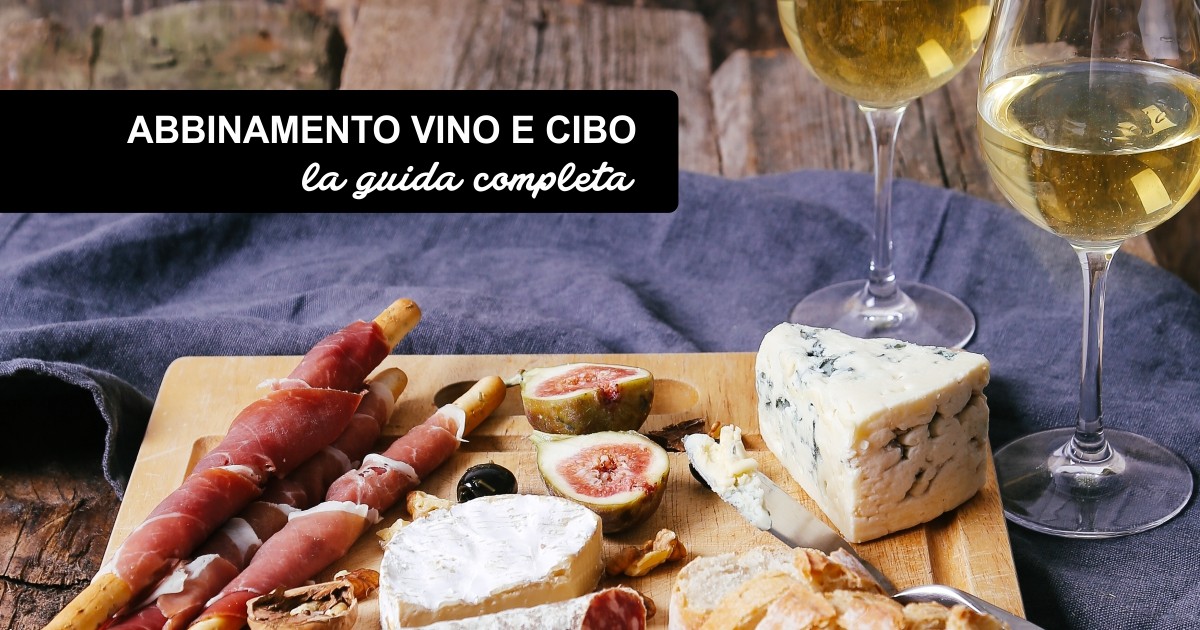Imagine the scene: You have invited dear friends over for dinner. Everything is organised, the menu has been chosen, the table prepared, the shopping has been done! What else could be missing? Of course, wine! How many times have you stopped in front of the wine rack to imagine which was the perfect one for your evening? What wine-food pairing to make to enhance the flavour of each dish?
Don’t worry, with our guide, in just a few steps, you will be able to choose the wine (link previous article) to create the perfect match for your dinner!
Different types of wine and food pairings
There are different types of wine and food pairings, some are based on the flavours that a dish and a wine can create, others on seasonality, or even on the juxtaposition of flavours.
Matching by concordance
This type of pairing involves combining the flavour of the dish with that of the wine, to enhance the flavours of each other, creating a perfect alchemy. A fundamental rule of this type of pairing is to create a constant relationship between the structure of the dish and the body of the wine. This will result in less full-bodied wines for simpler dishes and more elaborate, seasoned dishes for more full-bodied, structured wines.
A classic example of this type of pairing is sweet dishes paired with sweet or sparkling wines.
Matching by contrast
A combination used a lot, excluding dessert, is that of contrast, the opposite of the above. The basic idea behind this type of pairing is balance: we combine the main flavours and sensations of the dish with a wine that succeeds in restoring the balance.
Depending on this we will have several possible combinations:
More fatty dishes with a lot of seasonings are paired with a wine with good acidity that balances the fattiness of the dish.
With succulent dishes, a recommended pairing is with full-bodied wines and tannins that ‘dry out’ the mouth.
Savouriness, acidity or bitterness should be combined with soft wines with very moderate acidity.
Matching wine with seasonal food
Perhaps one of the simplest pairings. Different seasons are matched with different dishes and ‘needs’. In hot summer periods, less full-bodied, lighter and cooler wines are preferred. In colder seasons, on the contrary, more full-bodied and decisive wines are preferred.
Wine and food pairing: a question of tradition
There are certain food and wine pairings that have been handed down for generations (after all, Italy has a culinary history deeply rooted in time and territories). That is why there are some that, by now, come naturally to us, almost taken for granted.
An example of this combination by tradition is certainly Cantucci and Vin Santo, but also Abbacchio and Frascati or Zuppa Ribollita and Frascati.
The classic rules of wine and food pairing
In wine etiquette, there are some classic pairings that are known more or less by everyone. For example, it is well known that white wine goes with fish dishes, or that red wine enhances the flavours of meat dishes more. For the choice of alcohol content (i.e. the structure of the wine), another classic rule generally applies: structured dishes are paired with fuller-bodied wines, light dishes with lighter wines.
As we have said these are the basic rules of wine and food pairing, rules to be followed on any occasion and always useful when you don’t want to make a mistake, but now we will try to go into detail to ensure a unique pairing (and sensory experience).
Wines for starters
Gli antipasti sono un preludio alle portate vere e proprie. Their function is to stimulate curiosity and appetite, not to satiate it. Consequently, even the wines should not be of great structure and importance, being a prelude to those to be served with the courses. In some cases, it may also be decided to continue the dinner by serving the same wines. By the time the hors d’oeuvres were served, dinner had not yet started. All the more reason to avoid wines with a large body and alcohol content.
Having said that, some guidelines can be given, which are obviously suggestions that will then have to be interpreted and adapted to specific cases:
For fish starters, you can pair fresh, light white wines, possibly even bubbles such as our spumante Rosè Terzini (link to product), or a classic white wine that is not overly structured, such as our Dumì Pecorino Colline Pescaresi PGI (link to product), especially in the presence of fatty sauces such as mayonnaise;
For meat-based hors d’oeuvres, light red or rosé wines such as those from our cellar’s Dumì line. Thick wines in relation to the structure of the dishes; rosé bubbles in the presence of fatty sauces always to give more balance to our combination.
With charcuterie we recommend light red wines, even sparkling, not overly full-bodied and structured.
With simple, young cheeses, suitable for serving as starters, softer, medium-structured white wines, rosé wines or young red wines;
Generally speaking, the pairing with eggs is in many cases complex, for egg-based starters we recommend white wines with a medium structure, instead, with vegetable-based starters, young white wines with freshness and flavour in relation to the more or less sweet tendency of some vegetables
Wines for first courses
For pasta dishes, the situation is a little more complex and varies depending on the seasonings, whether fish or meat. In general, the basic rules of pairing apply, bearing in mind, however, that usually the first course is followed by another main course. Therefore, try to avoid overly full-bodied wines, which could excessively cover the flavours of the dish and the subsequent wines. Always remember that, for both wine and food, the correct serving sequence is based on gradually increasing intensity and structure.
First courses require different wines depending on the type of seasoning that flavours them. Dry pastas and risottos with mildly aromatic vegetables prefer dry, fresh, perhaps slightly fruity whites, such as Dumì Pecorino Colline pescaresi IGP. Pastas with more structured and aromatic vegetable sauces (trenette al pesto and orecchiette with broccoletti) and risottos with mushrooms or truffles go better with full-bodied white wines such as Pecorino d’Abruzzo DOP. Different types of pasta, whether baked or au gratin, perhaps with a meat sauce, go well with rosé faces, such as our Cerasuolo d’Abruzzo (link to product)
Wine for fish dishes
The pairing of fish and white wine has always been recommended, but it is necessary to dispel this myth. In recent times, many are recommending the combination of fish (fish rich in flavour and seasoned with tomatoes and herbs, or fatty, intensely flavoured fish such as tuna, salmon and swordfish). In such cases, we therefore recommend a fresh, fruity red wine.
The classic combination of fish and white wine, however, is by no means in disuse, quite the contrary. In some cases it is always preferable to pair fish with good red wine, some perfect pairings are:
Oysters au naturel: a dry white wine such as Pecorino d’Abruzzo Terzini is preferred with this product.
Baked sea bream: this second course finds its perfect harmony with a soft, fresh and aromatic white wine; for this reason, the advice is to pair this dish with a Trebbiano d’Abruzzo.
Fritto misto: this dish prefers to be paired with a structured white wine that does not overpower the delicacy and refinement of the food. A white wine such as Dumì Pecorino Colline Pescaresi, could be the right wine-food pairing to impress your diners.
Choosing wine for meat
The usually recommended pairing for meat, on the other hand, is red wine, which can also vary in intensity depending on the course chosen. For example, for white, grilled or baked meats, the choice falls on a light, unstructured red wine that does not overpower the delicate flavour of the meat.
For tastier, stronger-flavoured meats, we recommend medium-bodied wines such as our Vigna Vetum DOC. Our Montepulciano d’Abruzzo DOC, on the other hand, is a perfect wine to accompany arrosi, grilled meat or lamb.
And now… enhance the taste of your dishes!
We have seen what the best wine and food pairings are for any occasion and for any course. We are sure that at your next family dinner, or with long-standing friends, you will know which wine to choose so that you don’t make the wrong pairing and enhance the taste of each course!





